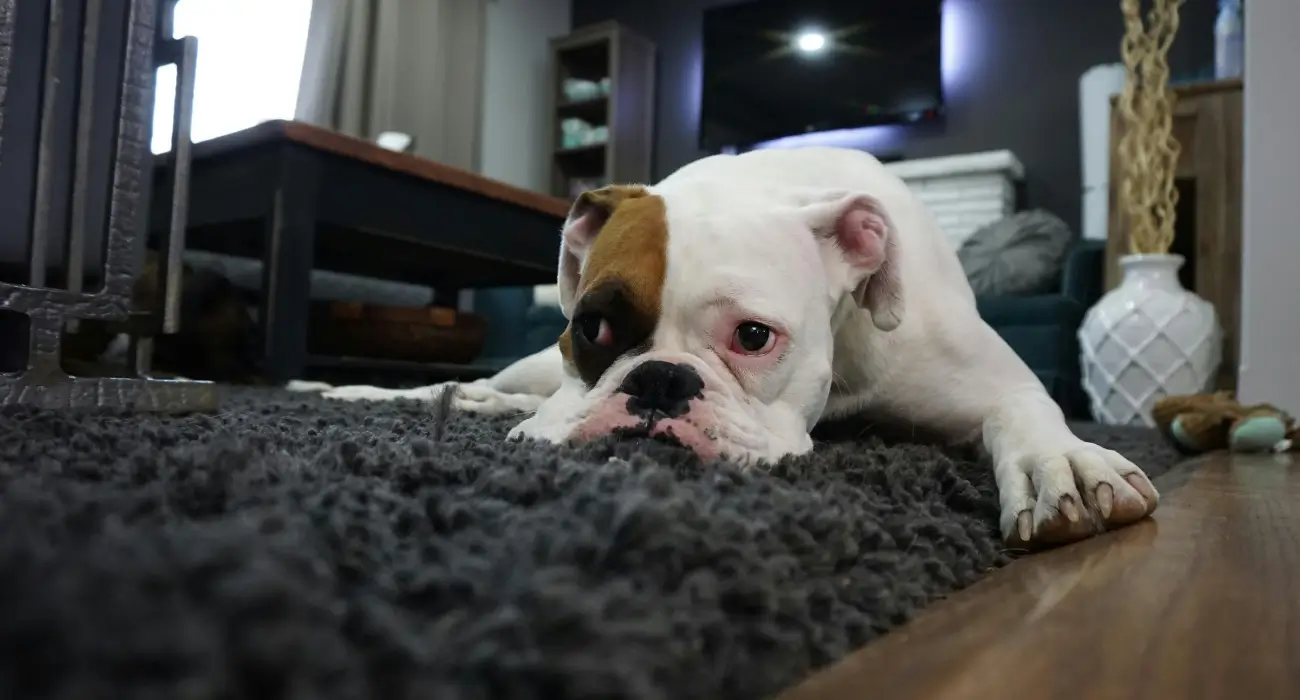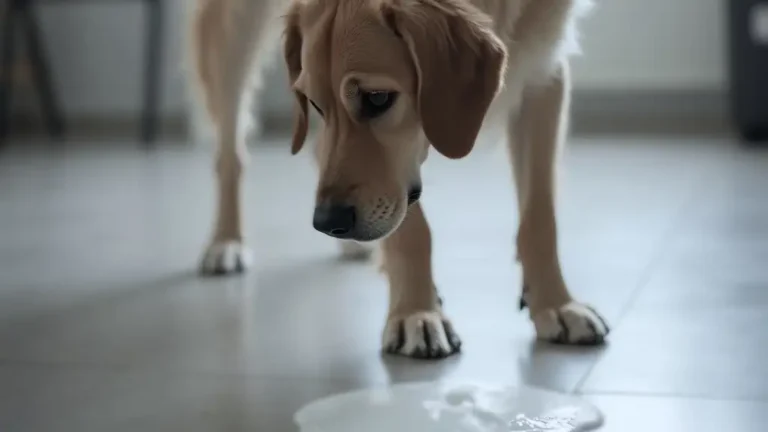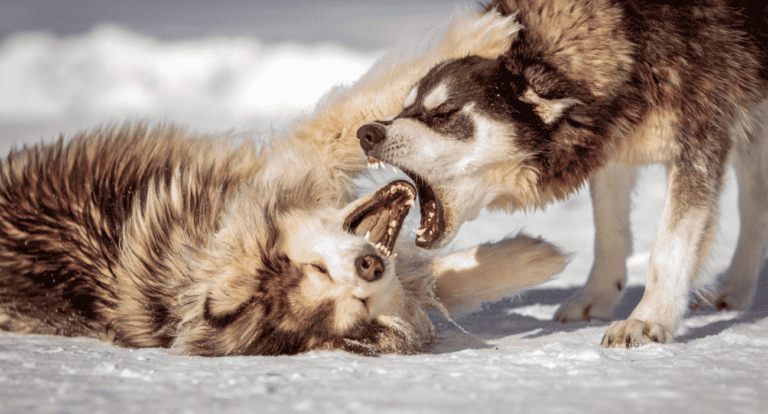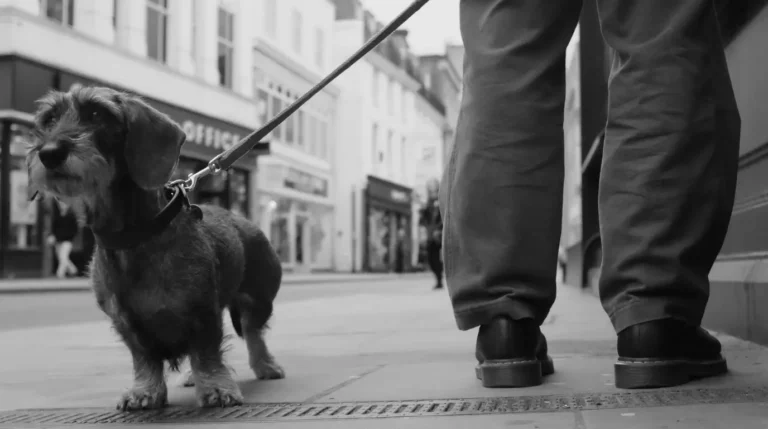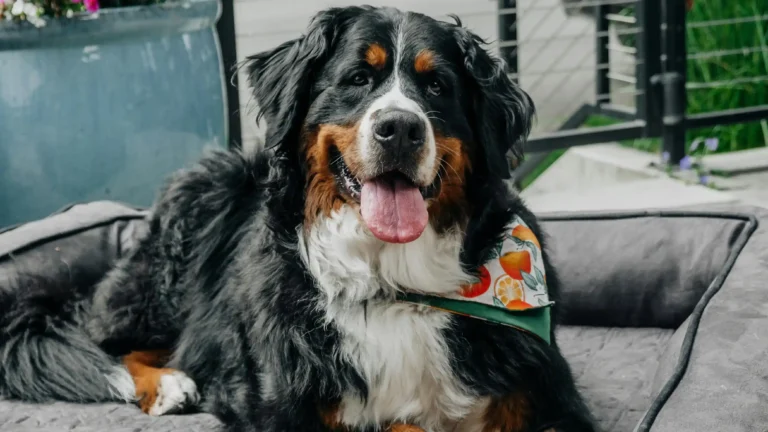4 Essential Stages of Dog Cancer: Symptoms, Care & Support
Witnessing a cherished pet undergo the trauma of cancer can be one of the hardest times as a caretaker of an animal companion. Understanding what to expect as cancer progresses will help you, your pet, and those around you, prepare, comfort, and ensure that your pet receives the best care they can in this time. This article will guide you through the common stages of dog cancer with some insight, practical tips and emotional support throughout this journey.
Table of Contents
What is Dog Cancer?
Cancer in dogs, like in humans, is a result of uncontrolled growth of abnormal (malignant) cells. Cancer can occur in different areas of the body and depends on where it is located, and whether it metastasizes (spreads). Types of cancer in dogs can include lymphoma, mast cell tumors, osteosarcoma, hemangiosarcoma, and many others. Some types of cancers will show gradual progression, but it is important to know that some cancers can quickly metastasize, highlighting why early detection is important.

Common symptoms of Cancer in Dogs:
Unexplained lumps and or bumpSudden weight loss, regardless of causeLoss of hunger and or appetite Extreme fatigue, weakness, and or lethargyDifficulty breathing or coughing Change in behavior or activity levels of the dog If any of these are observed in your dog, please contact your veterinarian for follow up and thorough evaluation.
Understanding the Stages of Canine cancer progression in dogs are generally comprised of four stages, each presenting its own symptoms and challenges. Understanding the cancer progression stages will help you understand what options are available to you in relation to your dog’s comfort and care.
Stage 1:
Initial Symptoms and Detection During the first stage of cancer progression, the symptoms may be subtle. You may see small bumps, decreased energy, or slight changes in behavior. Early detection is paramount, as treatment options such as surgery or localized therapies are typically more effective at this stage. Important Things to Remember:Regular veterinary check-ups and screenings are critical.Diagnostic diagnostic tools such as X-rays, ultrasound and biopsies may be performed to identify cancer.Early treatment improves prognosis and quality of life.
Stage 2:
Progression and Diagnosis As the cancer progresses, the symptoms are more apparent. Your dog may demonstrate difficulty eating, visible enunciation loss or worsening lumps that you’ve previously seen. At this stage of progression, a definitive diagnosis is often provided after more advanced diagnostics. Important Points to Remember:Most diagnostics will include blood tests, imaging diagnostics, or biopsies of the tissue.Possible treatment options may include chemotherapy, radiation, or a combination of treatment modalities.At this stage of progression, the focus is on managing side effects as a result of the treatments.
Stage 3:
Advanced Cancer Symptoms become more intense in stage three, and your dog could also be suffering. Extremely debilitating symptoms are frequent, including chronic pain or crippling lethargy, difficulty moving, or a dramatic loss of appetite.
Key Takeaways:
Pain control is even more critical. Your veterinarian may prescribe medications such as NSAIDs or opioids. Revisiting diet adjustments, daily routine changes (exercise), and mobility adjustments will play a big part in keeping your dog comfortable.It is also pertinent to support each other emotionally.
Stage 4:
End-Stage Cancer and Preparing for Good bye Stage four is the end stage of cancer, and you will notice debilitating symptoms in your dog now, which will greatly impact the quality of life for everyone. Some examples include extreme fatigue, difficulty breathing, and the complete lack of interest in food (or any activity).
Key Takeaways:
Assessment of quality of life will be critical in this stage there are various tools available such as a simple quality of life scale or using as a gentle guide everything stated in the previous stages, just to individually assess your dog. Speak with your veterinarian regarding the benefits of humane euthanasia, so you can work together to ensure your dog has a peaceful and painless end.
Try and surround them with love, comfort, and familiarity. Share special moments together. Supporting your Dog with Cancer and Through Each StageThe process of caring and supporting a dog with cancer throughout each stage provides unique and special considerations as you navigate their needs and preferences. Tips and strategies on nutrition and care are provided to share and personalize as the state develops.
A well-balanced diet can make a significant difference in your dog’s comfort and energy levels. Here is a sample table of cancer-supportive foods:
| Ingredient | Benefits | Preparation Tips |
| Cooked chicken | High in protein | Avoid seasoning |
| Sweet potatoes | Rich in vitamins | Serve boiled or mashed |
| Fish oil | Anti-inflammatory benefits | Add to food daily (vet-recommended dose) |
| Pumpkin puree | Supports digestion | Ensure it’s unsweetened |
Additional suggestions:
Consult with your veterinarian about any new food or supplements you may be thinking about.Make sure your dog has enough fluid intake and continue monitoring this particularly if there are any side effects from treatments (vomiting).
Emotional support for both dog and owners:Cancer does not only affect your dog physically, it can affect you as well emotionally. Routine, gentle physical affection, and a zen home environment may help.Things to remember: Spend time with your dog to help connect with each other (you and your pup can comfort each other by sharing love).
Explore therapies, some therapies like acupuncture or massage could also be beneficial.Be sure to reach out to your friends, your family and/or veterinarians for your own needs or seek out pet loss support groups.Daily Routines and Changing
Routines: As your dog’s condition changes, changing routine may help increase your dog’s comfort. Keep in mind you dog’s emotional needs as well as his/her physical needs.
Things to change: Know your dog’s energy level and be short enough walks to avoid exhaustion but long enough to promote circulation.Make your dog a supportive bed sleeping area. Monitor your dog in relation to stressors/stimuli and when needed change the stressors/stimuli to help ameliorate stressful behavior/stress.
When to Consider Euthanasia:
Making the Difficult Decision Choosing to euthanize a pet is never an easy decision and is ultimately a benevolent act of love when their suffering becomes unbearable.
Clear symptoms that it may be time include: Continuous pain not treatable. Inability to eat, drink, or move without distress. Intense anxiety and/or confusion. Your veterinarian will help you through this decision by providing you with information about your dog’s health and condition, and help you to ensure their passing is peaceful. Preparing for the End Preparing for the end can help the process feel more manageable.
Some things to consider are: Speaking to your veterinarian about their option for at-home euthanasia if available. Creating a quiet, calming space for your dog. Surrounding your pet with people who love him/her for moral support.
Frequently Asked Questions How long can a dog with cancer be expected to live? The length of time a dog lives with cancer varies tremendously based on the type of cancer, stage at diagnosis, and treatment. A dog may live for years with appropriate care or may only have weeks or months after diagnosis.
What are signs my dog’s cancer may be getting worse?
Look for signs of increased pain or discomfort, loss of appetite, increased labored breathing, or significant changes in behavior. These may indicate progressive development of cancer disease.It’s hard to say if any dog will go into remission because not all cancers can be managed successfully, but some cancers can be treated or managed successfully, especially with early detection!
What can I do to comfort a dog w cancer?
Try to keep your daily routine and activities the same to the degree possible, feed your dog a nutritious diet, and provide them love and attention. Speak with your vet about pain management to help make your dog feel more comfortable as well.
Are there alternative treatments for my dog’s cancer?
Some pet owners try alternatives like holistic therapies, herbal supplements, acupuncture, or CBD oil. I would recommend talking wiht your vet if they had an holistic approach to discuss your thoughts and ask if those alternative options were safer to turn too.
In Conclusion:
Steering the Closing Place with Love and Care with Your Dog CancerIt’s never easy to face dog cancer, but your love and support will make your efforts worth while. Understanding dog cancer’s stages and taking reasonable steps to meet your dog’s needs by dog’s needs will bring the highest degree of comfort during the journey. Don’t forget to turn to the professional you depend on.
And when possible, don’t forget to lean on your support network to help minimize the discomfort of tragic time. Date the essence of your dog’s life is based on its unconditional love. In these closing moments, you can remember the good times you spent in your together and take comfort in knowing that you did everything you could to provide a day of complete love and care!

